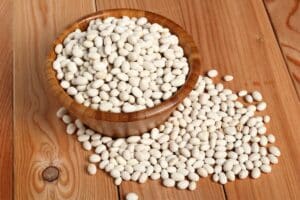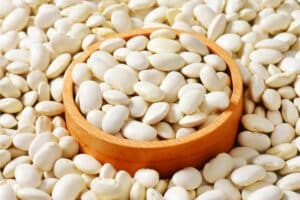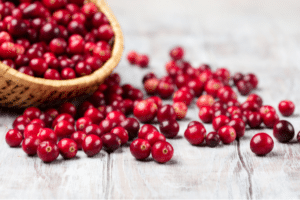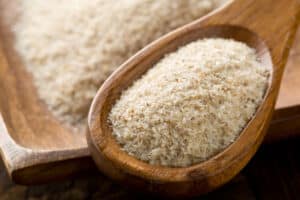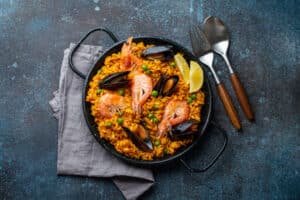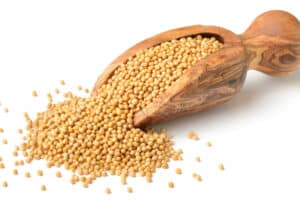Chickpeas, also known as Garbanzo, are used in many different recipes. Whether it’s a Channa Masala or you’re making hummus, these beans are hearty and a great source of fiber.
If chickpeas aren’t your thing, or if you’re wondering what you can use as a substitute to keep things interesting, the good news is that there are options.
The alternatives on this list are all beans; however, we discovered other options during our research, including hazelnuts! If you enjoy culinary adventures, there are lots of alternatives that you can experiment with.
What is a Chickpea?
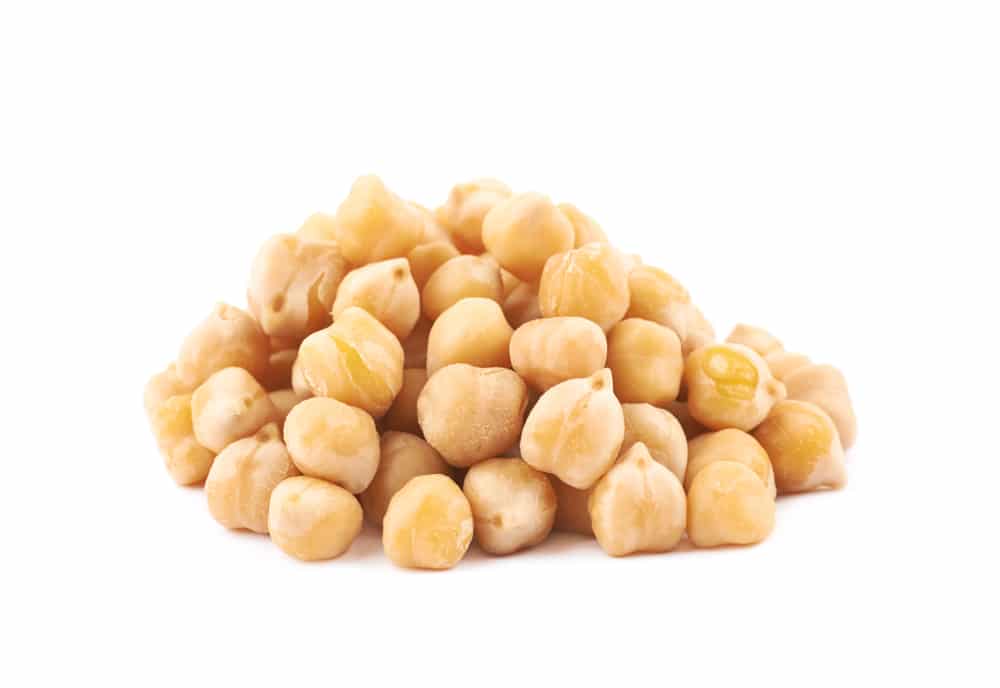
Chickpeas are a legume, putting them in the same category as beans, lentils, lupins, peanuts, and peas. They originated in the Middle East, where they have grown for thousands of years. It’s a popular go-to as a meat replacement for vegans and vegetarians thanks to its protein content, which is 14.4 grams per cup.
You might only know the beige-colored chickpea; however, it does come in other colors. You can get chickpeas in black, green, or red in addition to their traditional color.
Related Article: Best Substitutes For Chickpea Flour
Top 5 Chickpea Substitute
The best chickpea substitute is Black beans because it has a sweet, mild flavor that is similar to chickpea. Other chickpea alternatives are Cannellini Beans and Green Peas.
Here are our top five substitutes for chickpeas in alphabetical order:
1. Black Beans
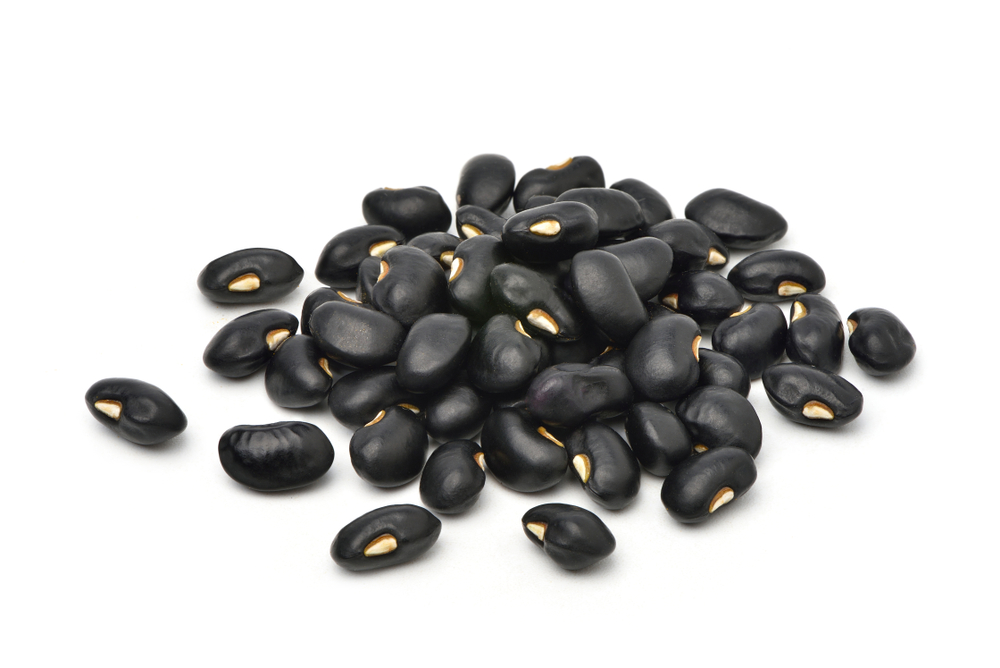
Also known as turtle beans, Black Beans are popular in Mexican and Caribbean cuisine. This bean has a smooth texture, making it great for dips, salsas, soups, and chilies. If you’re used to the flavor of chickpeas, you may notice a minor change in taste when you use black beans. These beans are interchangeable with chickpeas because of their earthy, sweet, mild flavor.
If you’re trying to keep your carbohydrate consumption down, these are a healthier option since these beans have 20 grams of carbohydrates versus the 44 grams of chickpeas. Black beans have 8 grams of protein and 7 grams of fiber. Their vitamin and mineral value are potassium, iron, magnesium, folate, calcium, and vitamin A.
2. Cannellini Beans
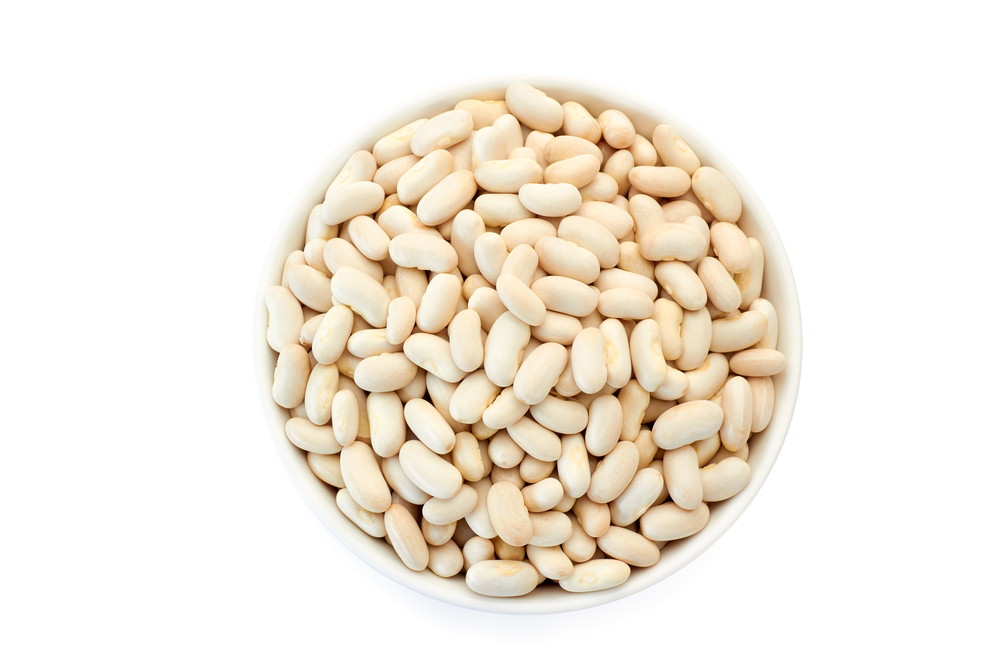
These beans are considered one of the best chickpeas substitutes due to their nutritional value. You may have guessed from the name, but the Cannellini beans hail from Italy. Recipes such as minestrone and other Italian dishes have Cannellini beans.
These beans are a great source of carbohydrates and fiber, offering 44 and 11 grams, respectively. It is considered one of the richest plant-based protein sources, with 17 grams of protein in a cup of beans. These beans are naturally sweet like chickpeas, so you don’t miss out on the flavor when you substitute Cannellini beans for chickpeas.
These beans are a great source of copper, calcium, folate, iron, magnesium, and potassium. Because of Cannellini beans’ similarity to chickpeas in texture and flavor, you can make dips and add these to soups and salads where the recipe calls for chickpeas.
3. Green Peas
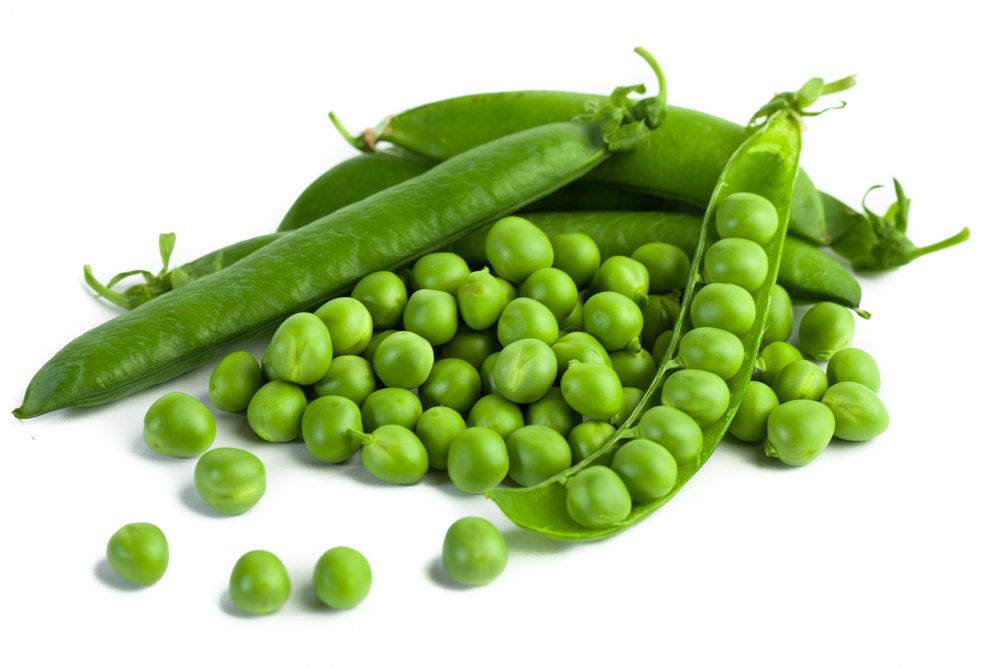
Please don’t disregard this substitute because of its color! Remember you can have green hummus, thanks to green chickpeas. You might not want to make a dip out of the green peas, but you can use these as a chickpea alternative when preparing a meal with meat or fish. green peas are also a great substitute if you’re making soup.
If you’re looking for a similar taste, then green peas are not the chickpeas substitute you’re looking for since they have a noticeably different taste to chickpeas.
Green peas bring their nutritional value to the table, providing 4 grams of protein and 12 grams of carbohydrates. They also contain zinc, vitamins C and D, iron, and calcium.
One of the benefits of using green peas is that they are quick and easy to use in any form. Whether you have frozen, canned, or fresh peas, you don’t have to worry about a long soaking period or cooking time, for that matter.
4. Lentils
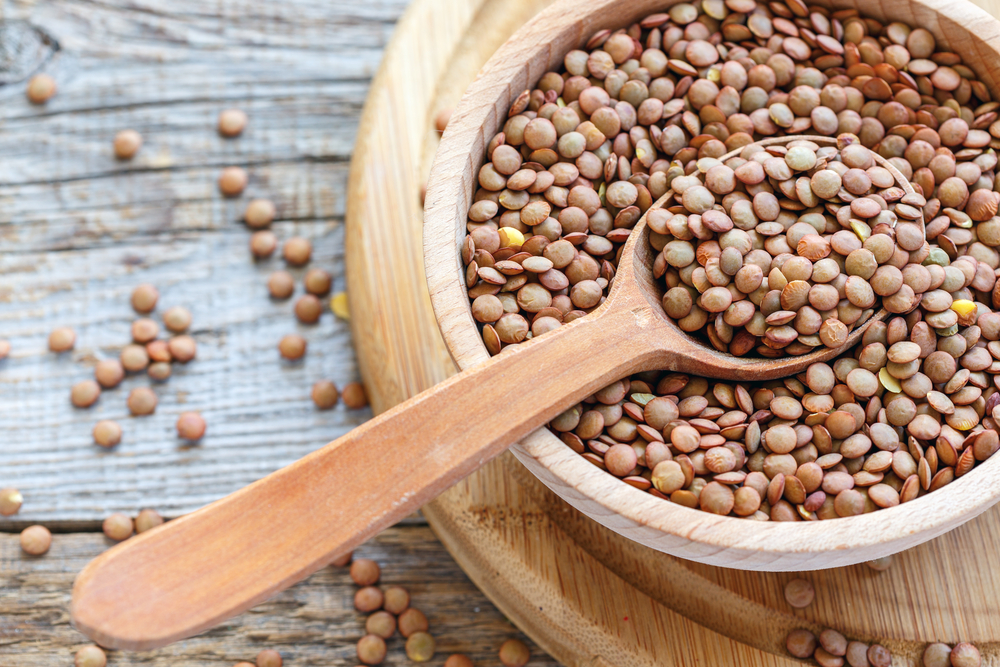
With their roots in Asia, lentils are among the oldest food sources that we still have access to. They have been around for over 9,000 years! Lentils come in various colors, including green, yellow, yellow-brown, red, and black. Green lentils are high in soluble fiber, and red lentils are known for their iron and folic acid content.
The color of the lentil affects its vitamin and mineral content and affects taste. Some lentils have a spicy flavor to them regardless of the seasoning you add to them, so you want to be mindful of that when using lentils as a chickpea alternative.
Lentils are a great source of protein, with 12 grams per one cup. It also has 23 grams of carbohydrates and 9 grams of fiber.
Lentils can be a substitute for chickpeas in baking, salads, soups, and purees. While they are a versatile legume, they can take some time to cook if you’re preparing it from its dried state. Cooking time can range from 15 to 40 minutes, depending on the type of lentil you are preparing. Red lentils are known to have the shortest cooking time.
5. Soybeans
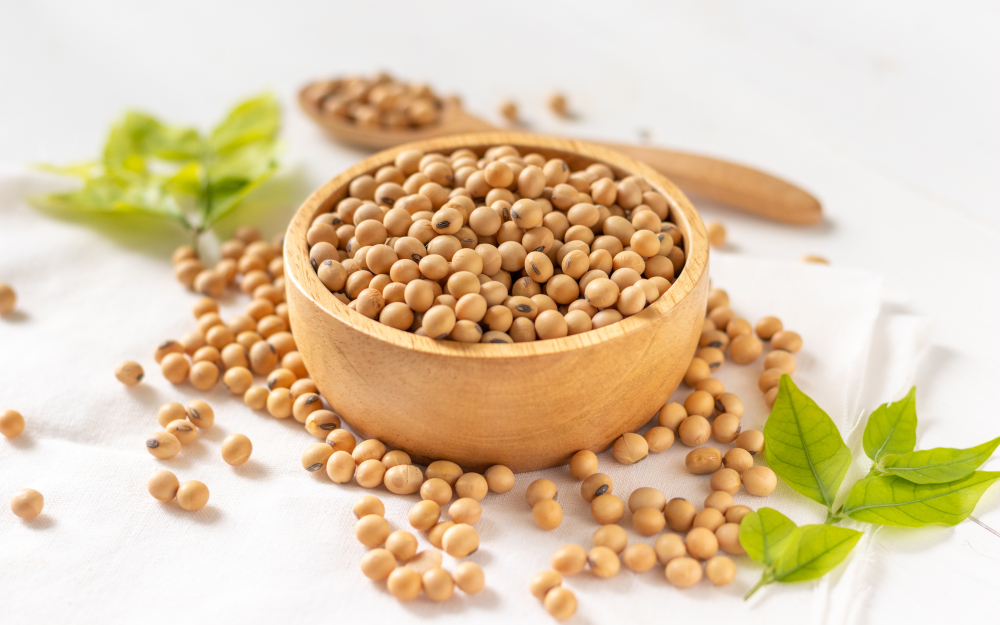
Soybeans are another chickpea substitute that’s been around for a long time. Originally from Southeast Asia, soybeans are another excellent chickpea substitute. They are heart-healthy thanks to being a source of 6 grams of fiber per cup.
Soybeans are a great source of protein, with 16.6 grams per cup. It also has 9.9 grams of carbohydrates, so if you’re looking for a chickpea alternative with lower carbohydrates, soybean is one of your contenders.
Besides being an excellent source of fiber and protein, soybeans are full of vitamins and minerals, including Omega-3, Omega-6, zinc, potassium, magnesium, iron, phosphorus, calcium, and vitamins B1, B2, B3, B5, B6, B9, and C.
You may have heard some negative news about soybeans; however, you should check with your doctor and talk about whether or not the benefits of consuming soybeans outweigh the potential negative consequences.
You can use soybeans anywhere you would use chickpeas, including soups and salads. You can’t make hummus out of soybeans, but you can make tofu or tempeh, especially if you’re looking for meat substitutions.
Chickpea Health Benefits
Regardless of the color, chickpeas have some great health benefits. Chickpeas are full of vitamins and minerals that help prevent a variety of illnesses. Chickpeas’ high fiber content helps reduce inflammation, which helps those who have diabetes or with high blood pressure.
The calcium and iron found in chickpeas help keep bones strong to avoid osteoporosis. Potassium keeps blood pressure low, and iron also helps those suffering from Anemia.
Chickpeas are an excellent source of antioxidants, which help eliminate the free radicals leading to cancer. Its fiber content also helps to lower your cholesterol. Your mental health benefits from the choline content found in chickpeas; this mineral works in the brain and helps with learning, muscle control, and mood.
Conclusion
Whatever your reason is for looking for a substitute for chickpea, you aren’t short of options. You have low carbohydrate options, substitutions that offer more protein, and some that provide more nutritional value. There are options where you get a taste or texture similar to chickpeas, and there are substitutions that change the taste and texture completely.
This list of alternatives isn’t an exhaustive list of the chickpea substitutions out there, but it is a start and can spark some ideas of other ways you can substitute chickpeas in your meals without feeling like you’re compromising too much.
Other Related Articles:

